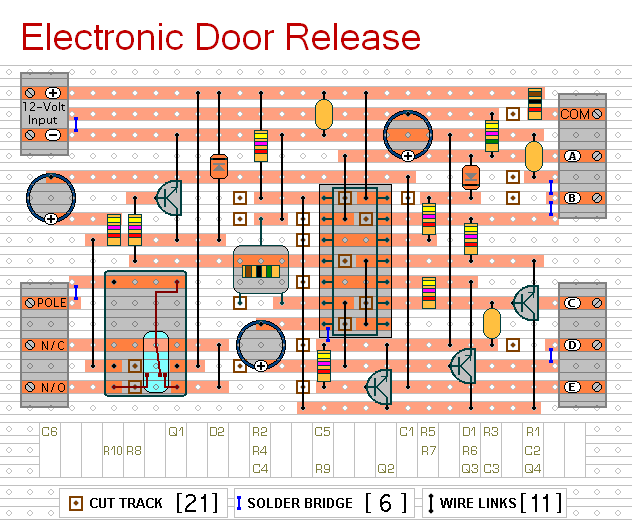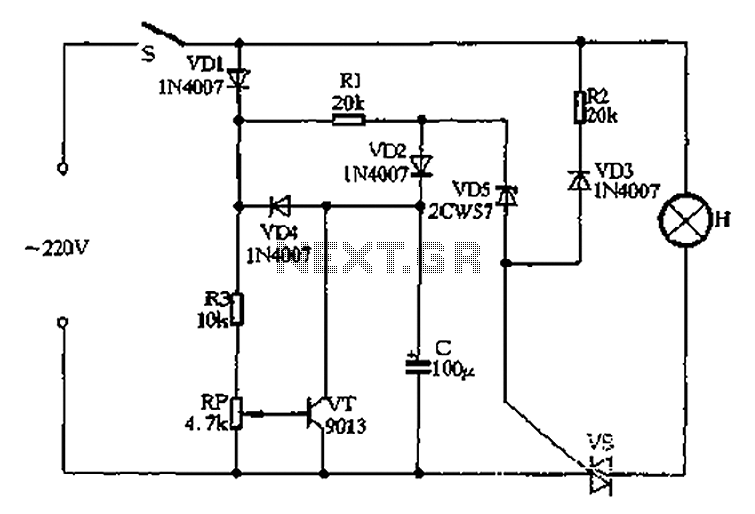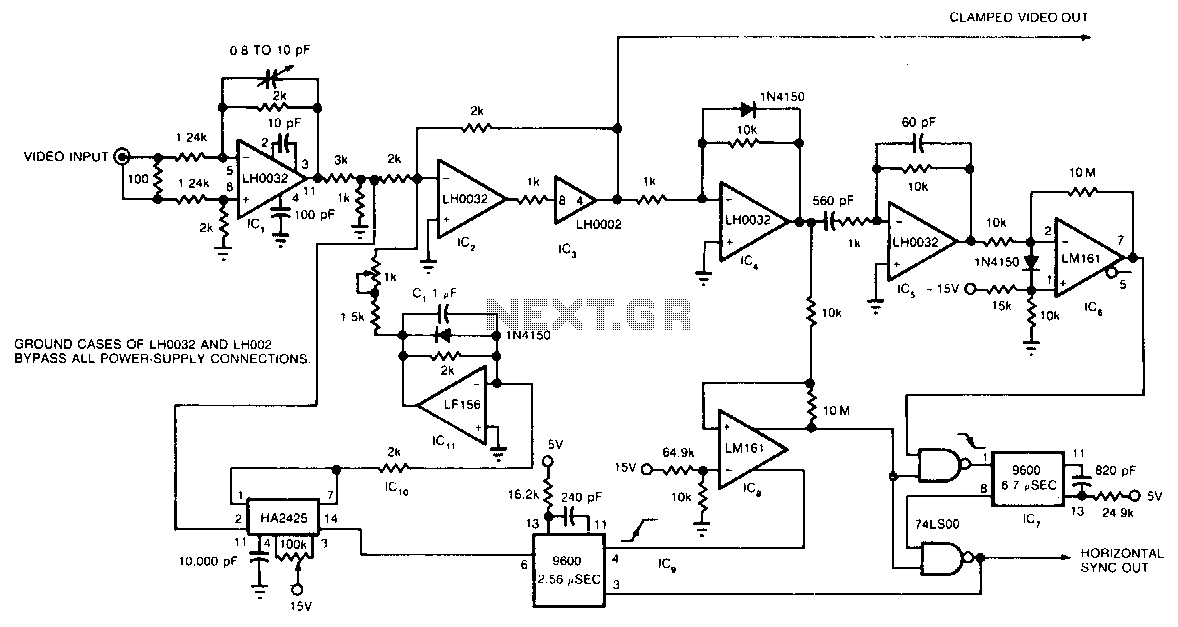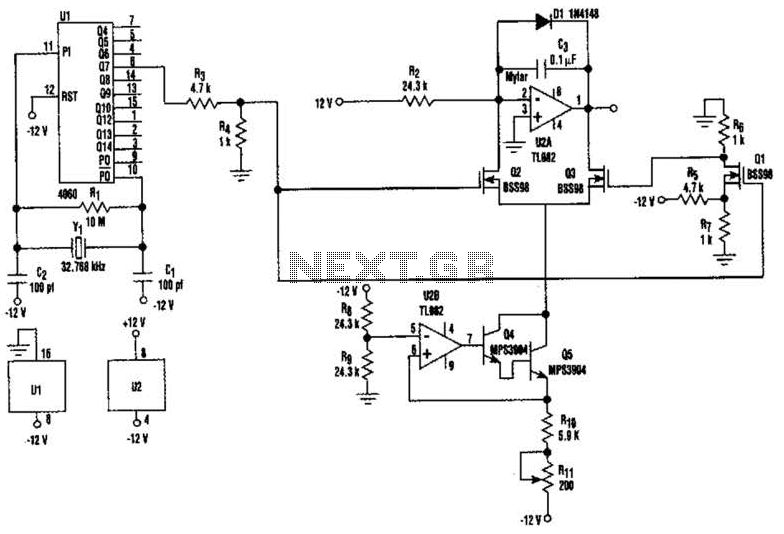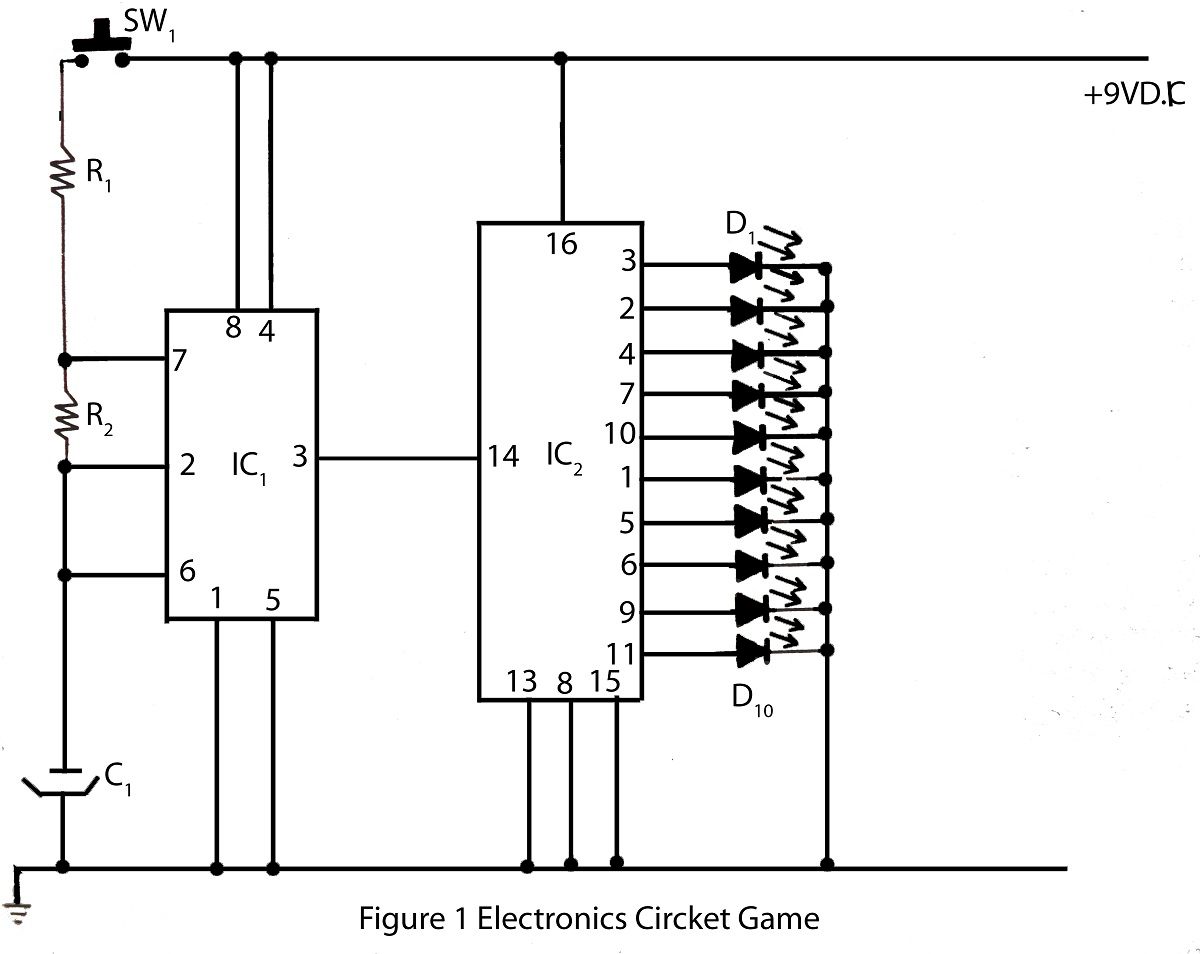
Signal Generator Electronic
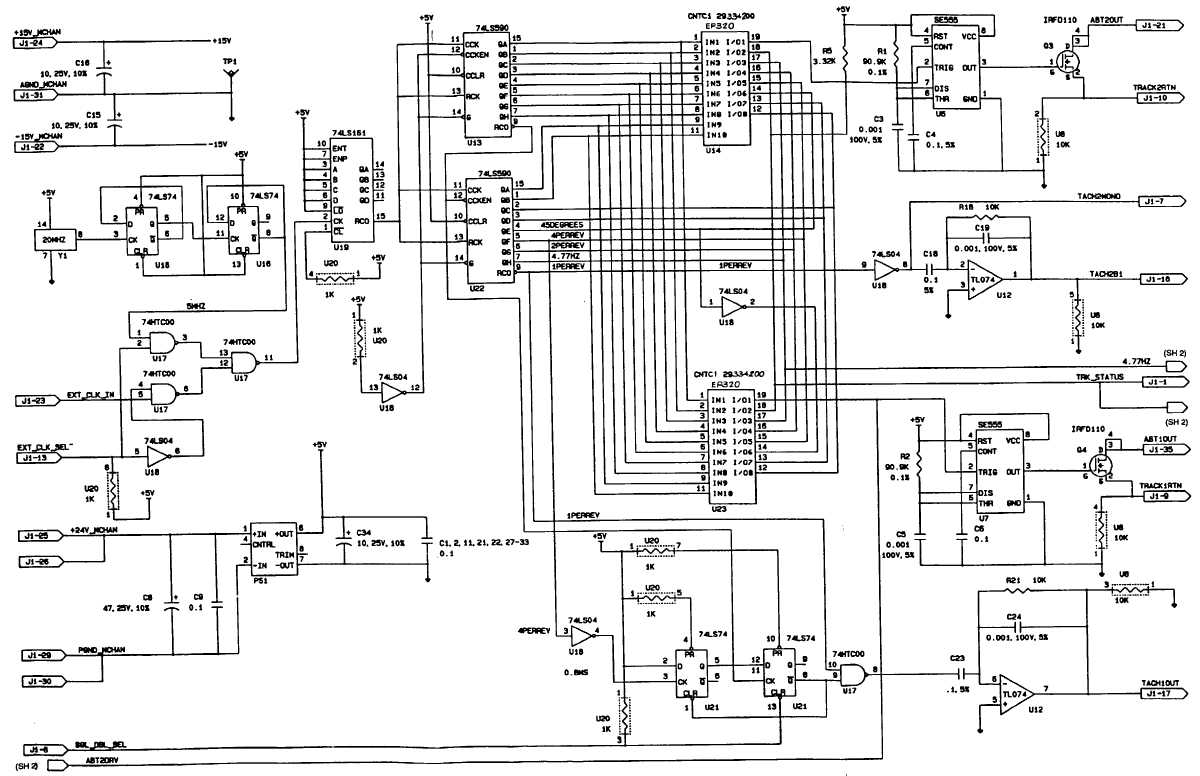
This circuit illustrates a Signal Generator Electronic Circuit Diagram. Features: Unless otherwise specified, resistance values are in ohms.
The signal generator circuit is designed to produce various types of electrical signals, which can be sine, square, or triangular waves, depending on the configuration of the components used. Typically, this circuit includes a function generator IC, such as the 555 timer or a dedicated waveform generator IC, along with passive components like resistors and capacitors that determine the frequency and amplitude of the output signal.
In the case of a 555 timer configured in astable mode, it generates a square wave output. The frequency of the output can be calculated using the formula:
\[ f = \frac{1.44}{(R1 + 2R2)C} \]
where \( R1 \) and \( R2 \) are the resistances connected to the timing capacitor \( C \). The duty cycle, which defines the proportion of time the signal is high versus low, can be adjusted by varying the values of \( R1 \) and \( R2 \).
For sinusoidal output, a more complex arrangement may be needed, often using operational amplifiers to shape the waveform appropriately. The circuit may also include a low-pass filter to smooth out the output signal, ensuring that it closely resembles a sine wave.
The output of the signal generator can be connected to various loads or circuits for testing and experimentation purposes. Proper consideration should be given to the output impedance and the load characteristics to ensure signal integrity. Additionally, power supply requirements should be clearly defined, as they can affect the performance and stability of the generated signals.
Overall, this signal generator circuit is a versatile tool in electronics, suitable for various applications including testing, signal modulation, and waveform analysis.This circuit shows about Signal Generator Electronic Circuit Diagram. Features: UNLESS OTHERWISE SPECIFIED, RESISTANCE VALUES ARE IN OHMS, .. 🔗 External reference
The signal generator circuit is designed to produce various types of electrical signals, which can be sine, square, or triangular waves, depending on the configuration of the components used. Typically, this circuit includes a function generator IC, such as the 555 timer or a dedicated waveform generator IC, along with passive components like resistors and capacitors that determine the frequency and amplitude of the output signal.
In the case of a 555 timer configured in astable mode, it generates a square wave output. The frequency of the output can be calculated using the formula:
\[ f = \frac{1.44}{(R1 + 2R2)C} \]
where \( R1 \) and \( R2 \) are the resistances connected to the timing capacitor \( C \). The duty cycle, which defines the proportion of time the signal is high versus low, can be adjusted by varying the values of \( R1 \) and \( R2 \).
For sinusoidal output, a more complex arrangement may be needed, often using operational amplifiers to shape the waveform appropriately. The circuit may also include a low-pass filter to smooth out the output signal, ensuring that it closely resembles a sine wave.
The output of the signal generator can be connected to various loads or circuits for testing and experimentation purposes. Proper consideration should be given to the output impedance and the load characteristics to ensure signal integrity. Additionally, power supply requirements should be clearly defined, as they can affect the performance and stability of the generated signals.
Overall, this signal generator circuit is a versatile tool in electronics, suitable for various applications including testing, signal modulation, and waveform analysis.This circuit shows about Signal Generator Electronic Circuit Diagram. Features: UNLESS OTHERWISE SPECIFIED, RESISTANCE VALUES ARE IN OHMS, .. 🔗 External reference
